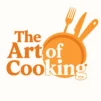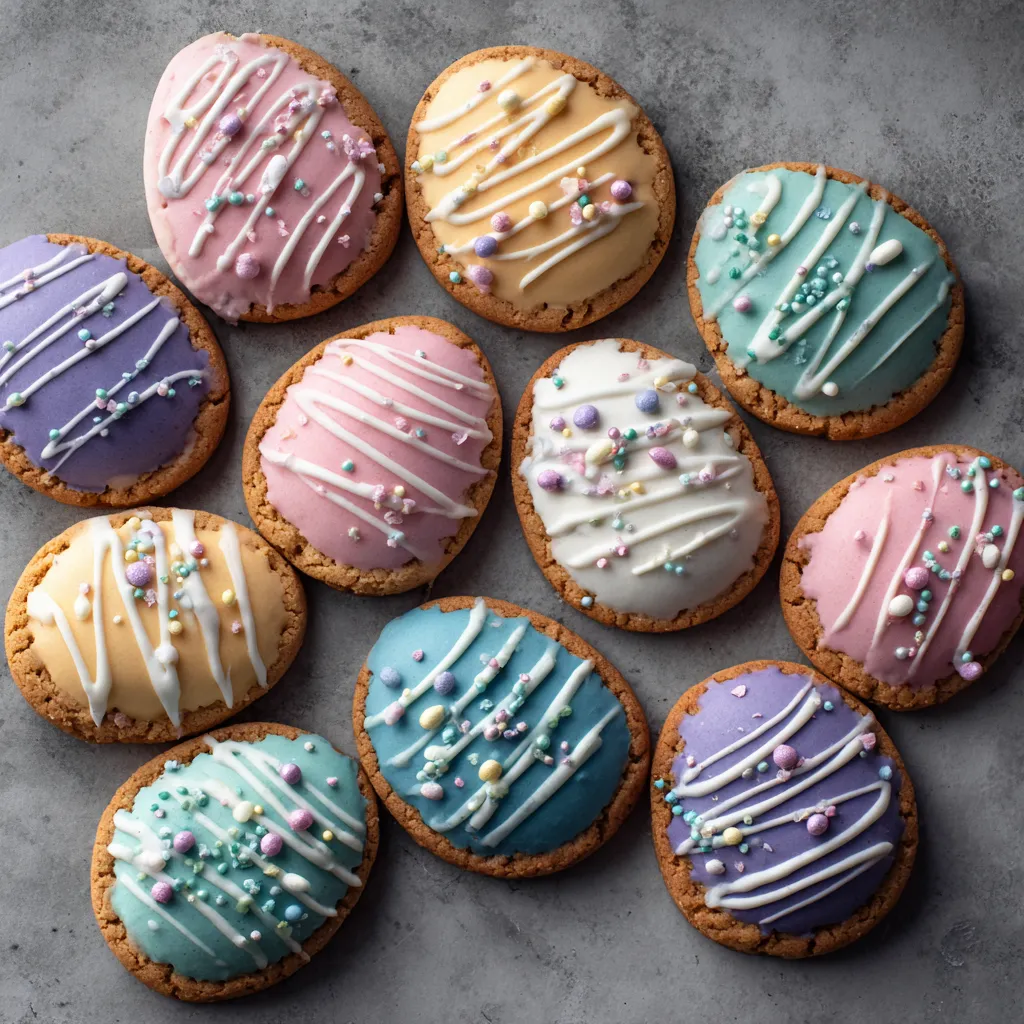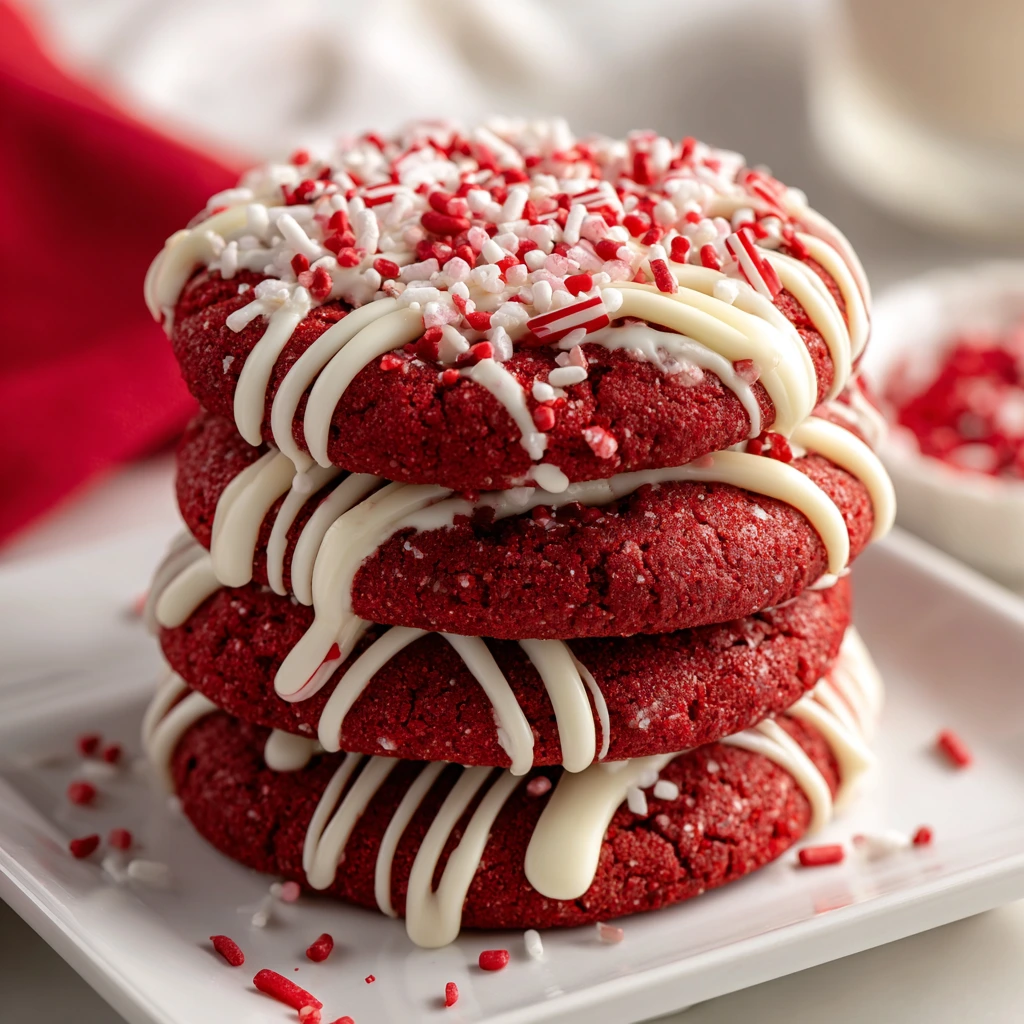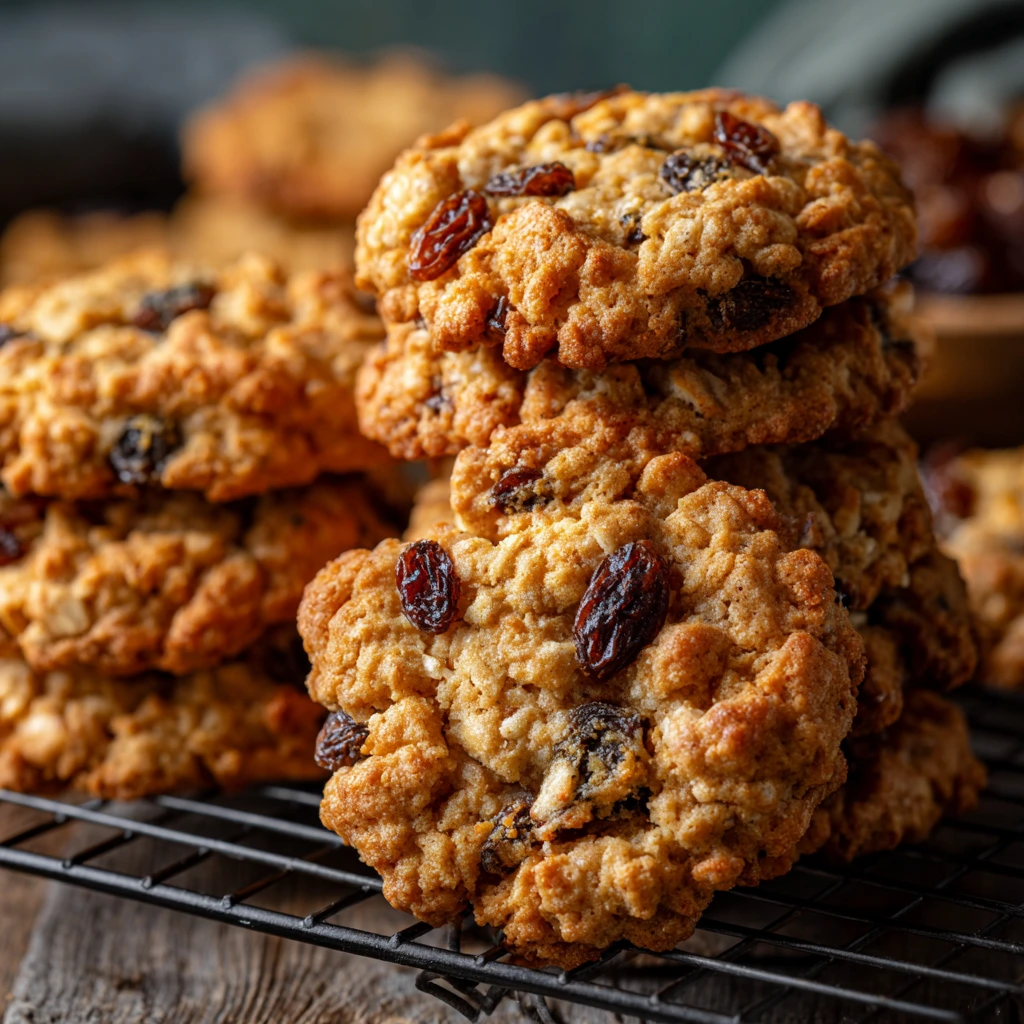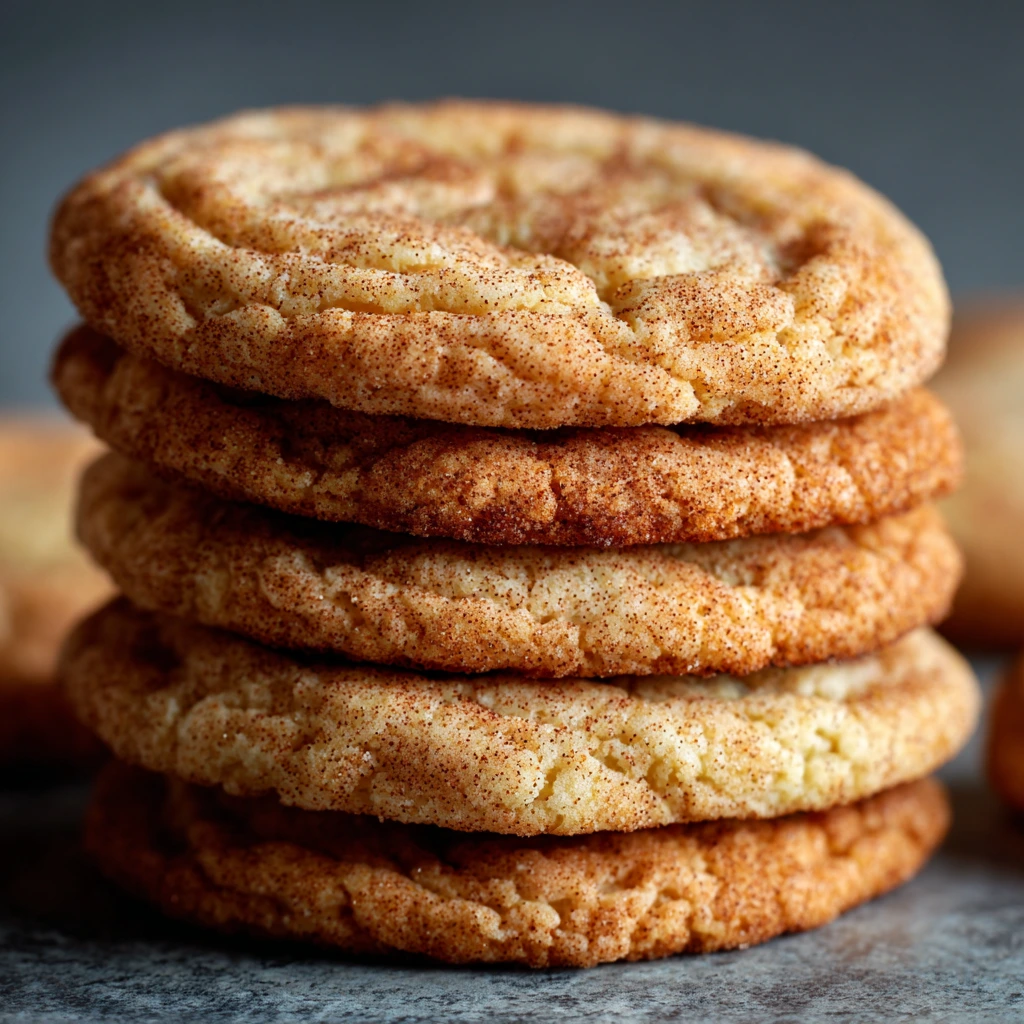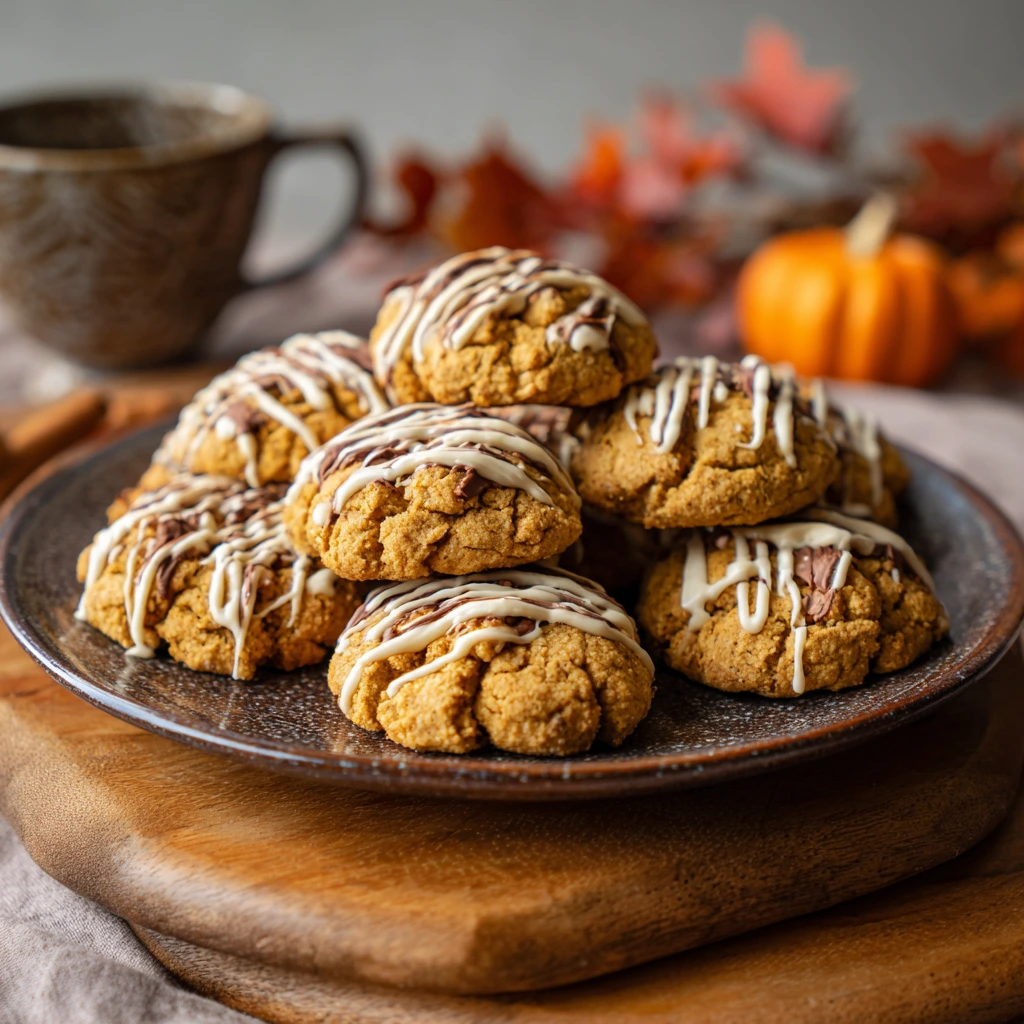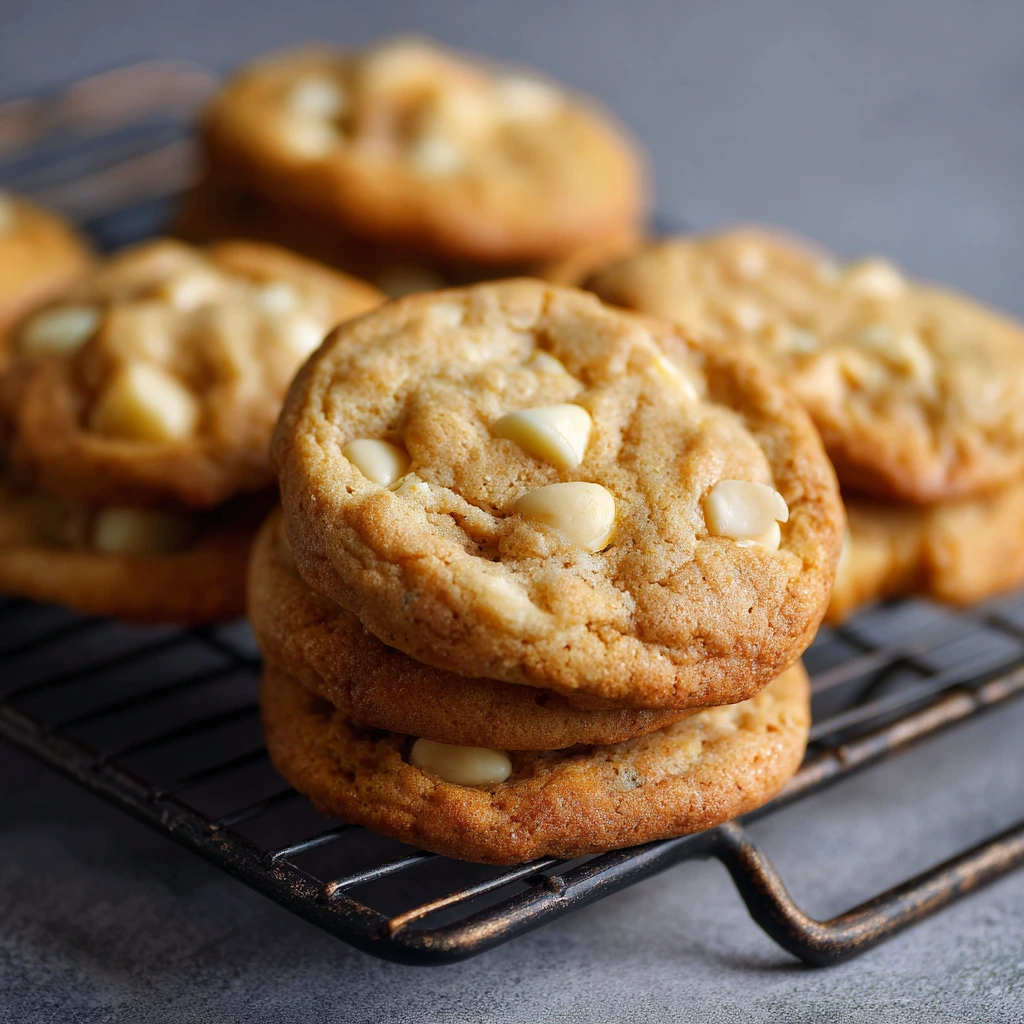Spring is in the air, flowers are blooming, and Easter celebrations are just around the corner. And what better way to celebrate than with Easter Egg Cookies—a delightful, colorful, and festive treat that combines the joy of baking with the spirit of the holiday?
These cookies are not just delicious but also fun to make, especially if you have kids at home who love decorating. They can double as edible crafts, party favors, or even beautiful additions to your Easter dessert table. Whether you’re hosting a brunch, attending a family gathering, or just enjoying the season, Easter Egg Cookies bring a touch of sweetness and creativity to the celebration.
In this article, we’ll dive into everything you need to know about making the perfect batch: from ingredients and tools to step-by-step instructions, decorating tips, storage advice, nutritional breakdown, and creative variations. Let’s get baking!
Why Make Easter Egg Cookies?
Easter is synonymous with eggs, candy, and pastel colors. Cookies shaped and decorated like Easter eggs not only capture the festive spirit but also:
-
Add fun to family baking: Kids love shaping, cutting, and decorating cookies.
-
Make thoughtful gifts: Pack them in cute bags or boxes for family, friends, or neighbors.
-
Serve as a creative centerpiece: Arrange them in a basket for a dessert-table showstopper.
-
Offer versatility: From sugar cookies to shortbread or chocolate-based dough, the possibilities are endless.
If you want a treat that is tasty, visually stunning, and Instagram-worthy, Easter Egg Cookies are your go-to recipe.
Ingredients for Easter Egg Cookies
Here’s a simple and delicious recipe for traditional sugar cookies that can be cut into egg shapes and decorated with icing.
For the Cookies
-
2 ½ cups all-purpose flour
-
1 tsp baking powder
-
½ tsp salt
-
¾ cup unsalted butter (softened)
-
1 cup granulated sugar
-
1 large egg
-
1 tsp vanilla extract
-
½ tsp almond extract (optional, for extra flavor)
the Royal Icing
-
3 cups powdered sugar
-
2 large egg whites (or 4 tbsp meringue powder with 6 tbsp water)
-
1 tsp lemon juice or vanilla extract
-
Food coloring (pastel shades for Easter: pink, blue, yellow, lavender, green)
Decoration
-
Sprinkles (pastel, pearl, or confetti style)
-
Edible glitter or luster dust
-
Candy pearls
-
Mini chocolate eggs for topping
Kitchen Tools Needed
-
Mixing bowls
-
Electric mixer (handheld or stand mixer)
-
Measuring cups and spoons
-
Rolling pin
-
Egg-shaped cookie cutter
-
Baking sheets
-
Parchment paper
-
Wire cooling rack
-
Piping bags with small round tips (for icing)
-
Toothpicks (for marbling designs)
Step-by-Step Instructions for Easter Egg Cookies
1: Prepare the Dough
-
In a medium bowl, whisk together flour, baking powder, and salt.
-
In a separate large bowl, beat the softened butter and sugar until light and fluffy.
-
Add the egg, vanilla, and almond extract; mix until combined.
-
Slowly add the dry ingredients into the wet mixture. Mix until a soft dough forms.
2: Chill the Dough
-
Divide dough into two discs, wrap in plastic wrap, and refrigerate for at least 1 hour. Chilled dough is easier to roll out and prevents spreading while baking.
3: Roll and Cut
-
Preheat oven to 350°F (175°C).
-
Roll out dough on a lightly floured surface to about ¼-inch thickness.
-
Use an egg-shaped cookie cutter to cut out cookies. Place them on a parchment-lined baking sheet.
4: Bake
-
Bake cookies for 8–10 minutes or until edges are lightly golden.
-
Allow cookies to cool completely on a wire rack before decorating.
5: Make the Icing
-
In a clean bowl, beat egg whites until frothy. Add powdered sugar and lemon juice, then beat until stiff peaks form.
-
Divide icing into bowls and add different food coloring shades.
6: Decorate
-
Fill piping bags with icing and decorate cookies with zigzags, dots, lines, or marbled designs.
-
Add sprinkles or candy pearls while icing is wet so they stick.
-
Allow icing to set for at least 2–3 hours before serving or storing.
Decorating Ideas for Easter Egg Cookies
-
Classic Pastels – Use pastel colors like pink, blue, yellow, and green to create simple striped or polka-dotted eggs.
-
Marble Effect – Drop different colored icings and swirl with a toothpick for a marbled egg look.
-
Sprinkle Blast – Cover cookies with icing and immediately dip into a bowl of pastel sprinkles.
-
Golden Touch – Brush edible gold dust over dried icing for an elegant touch.
-
Kids’ Creations – Let kids decorate with candy-coated chocolates, jelly beans, or edible markers.
Storage and Make-Ahead Tips
-
Room Temperature: Store in an airtight container for up to 1 week.
-
Freezing Dough: Freeze unbaked dough discs for up to 3 months. Thaw before rolling.
-
Freezing Cookies: Baked cookies (undecorated) freeze well for 2–3 months. Decorate after thawing.
-
Transporting: To give as gifts, package cookies in clear bags or cookie tins with parchment paper between layers.
Nutritional Information (per cookie, approx.)
-
Calories: 140
-
Carbohydrates: 22 g
-
Sugar: 12 g
-
Fat: 5 g
-
Protein: 2 g
(Values will vary depending on decoration and icing used.)
Tips for Success
-
Always chill your dough to avoid spreading.
-
Don’t overmix dough, or cookies will be tough.
-
Use gel food coloring instead of liquid for vibrant pastel shades.
-
Pipe outlines first, then flood cookies with thinner icing for a smooth finish.
-
Let icing dry fully before stacking or packaging.
Variations on Easter Egg Cookies
-
Chocolate Sugar Cookies – Swap ½ cup flour with cocoa powder.
-
Lemon Shortbread Cookies – Add lemon zest to the dough for a citrusy twist.
-
Gluten-Free Option – Use a gluten-free all-purpose flour blend.
-
Vegan Version – Replace butter with vegan margarine and use aquafaba (chickpea water) instead of egg whites for icing.
Fun Ways to Use Easter Egg Cookies
-
Easter Egg Hunt Treats – Hide decorated cookies alongside plastic eggs.
-
Easter Basket Gifts – Wrap in cellophane bags and tie with ribbons.
-
Party Favors – Hand out cookies at spring gatherings or school events.
-
Dessert Table Centerpiece – Arrange cookies in a decorative basket lined with Easter grass.
Conclusion
Easter is a time for joy, family, and celebration—and nothing captures the spirit better than baking and sharing Easter Egg Cookies. These cookies are versatile, fun, and delicious, offering endless decorating possibilities that can match your style, theme, or creativity.
Whether you’re baking them with kids, gifting them to friends, or serving them at your Easter brunch, they’re guaranteed to bring smiles and festive cheer.
